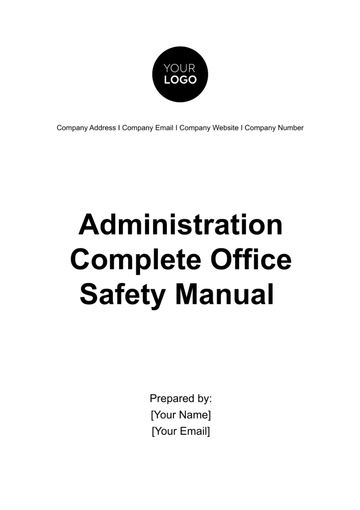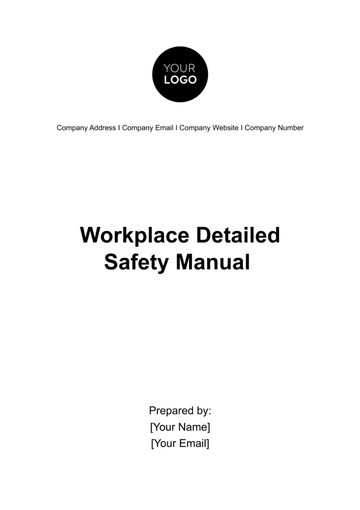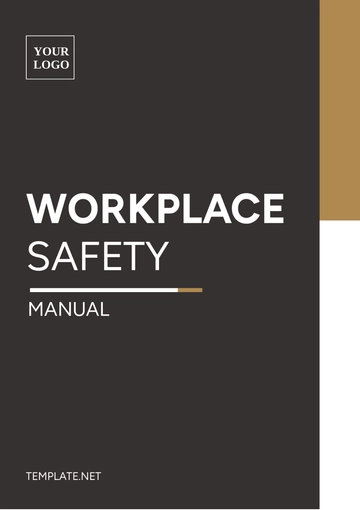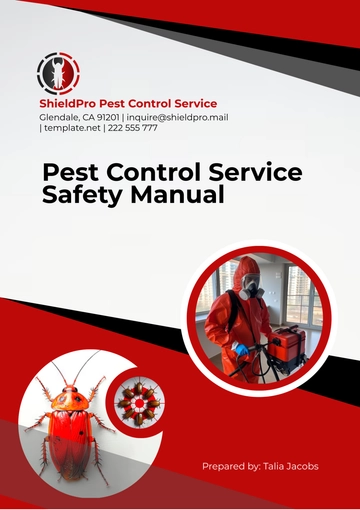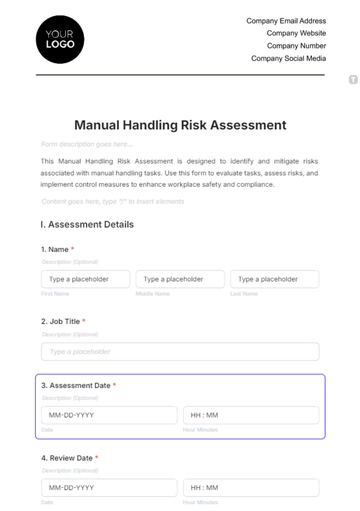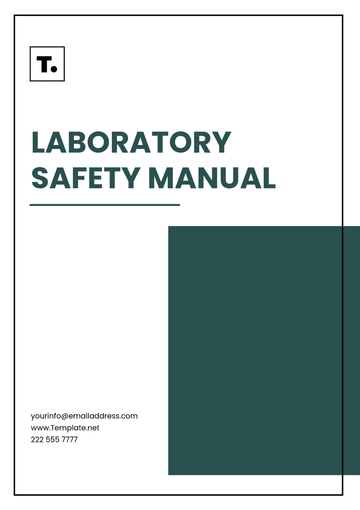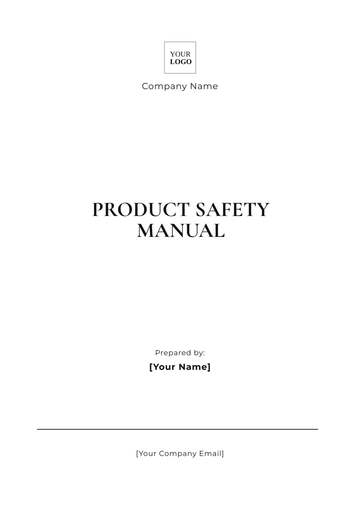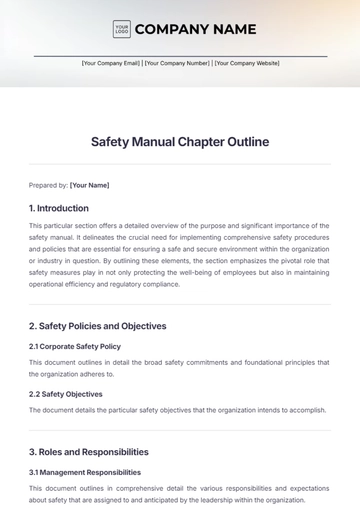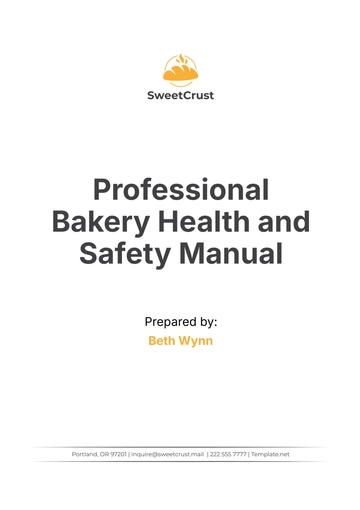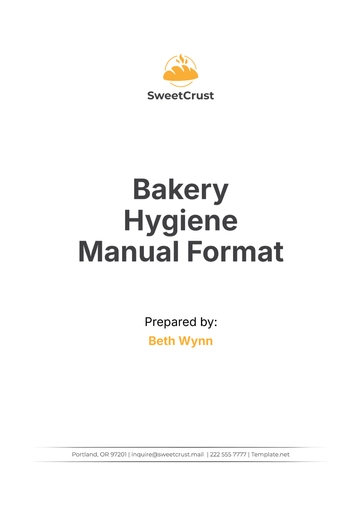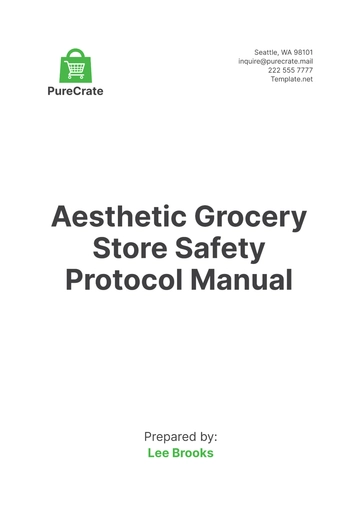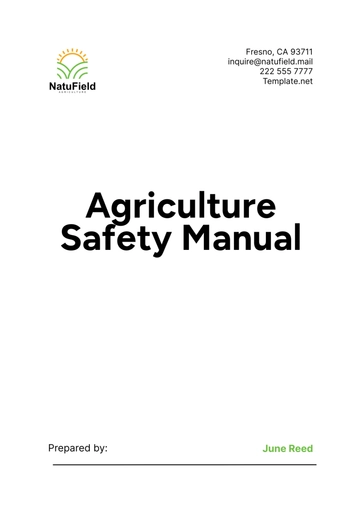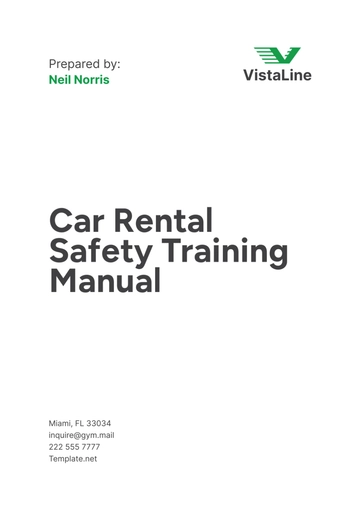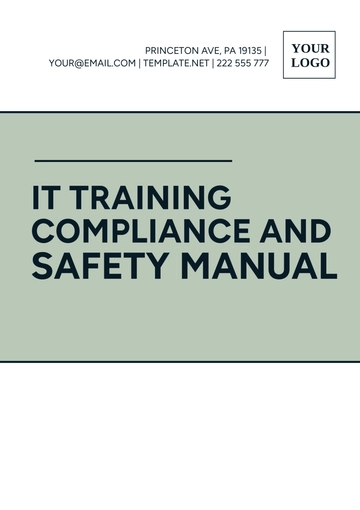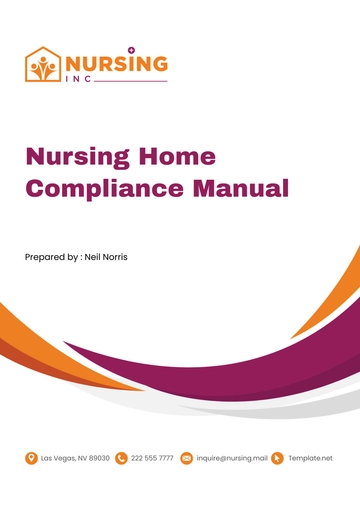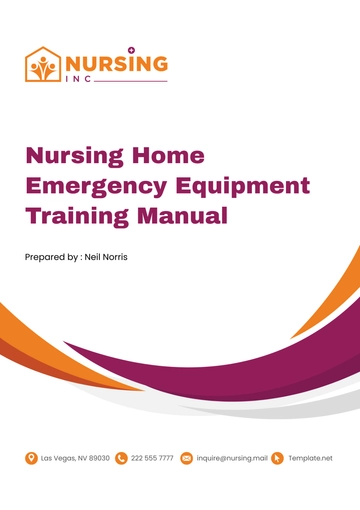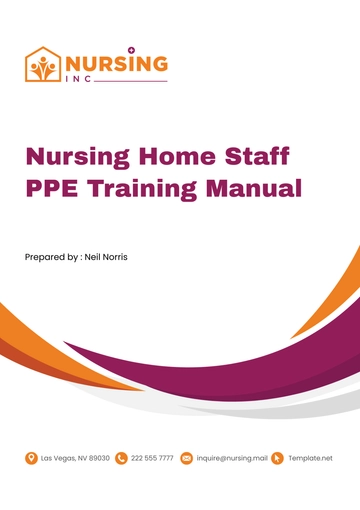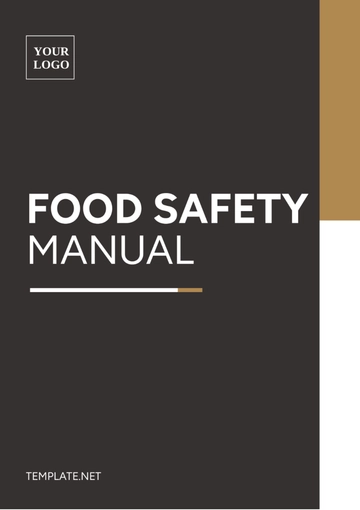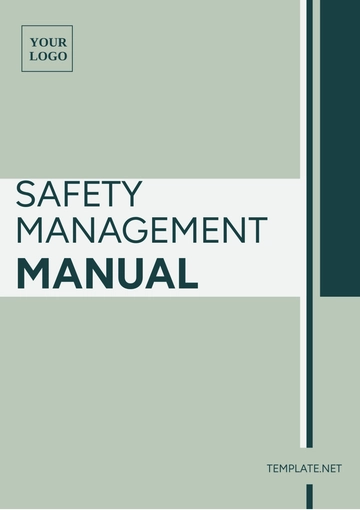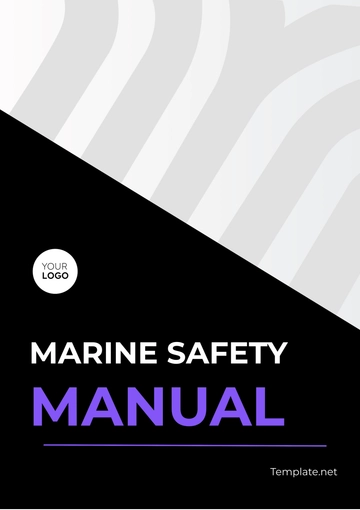Free Administration Complete Office Safety Manual
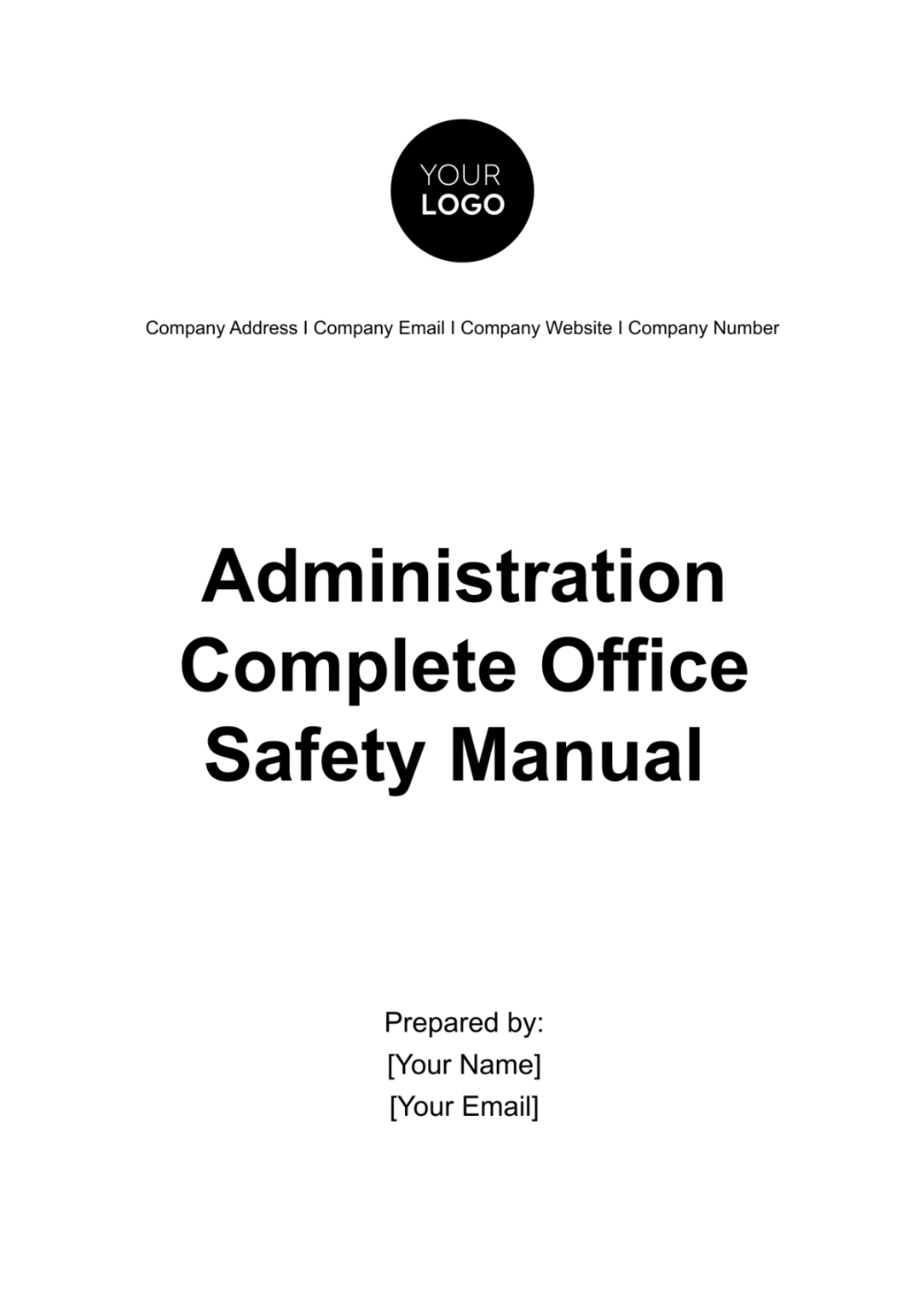
Introduction
Welcome to the comprehensive Office Safety Manual for [Your Company Name]. This document is designed to encompass various aspects of safety measures to ensure a healthy and safe working environment for all our staff. At [Your Company Name], we prioritize the safety and well-being of our employees above all else, adhering to the principle of proactivity over reactivity in managing workplace safety. This manual serves as a guide to understand, implement, and adhere to our company's safety policies and procedures. By fostering a culture of safety, we can work together to prevent accidents, ensure quick and effective responses to emergencies, and maintain a workplace that supports everyone's physical and mental health.
1. General Office Safety
Creating a safe work environment is a critical responsibility shared by all employees at [Your Company Name]. Our comprehensive office safety guidelines are designed not only to minimize risks but also to foster a culture of safety and well-being. Below, we delve into the essential practices that serve as the foundation for our daily operations, ensuring a secure and healthy workplace for everyone.
Guidelines | Details |
|---|---|
Keep Workspaces Clean | Keeping your workspace clean can prevent accidents like spills and trips. |
Report Hazards Immediately | Alert your supervisor immediately to rectify potential safety hazards. |
Maintain Clear Exits | Emergency exits must be accessible and free of obstruction at all times. |
Use Equipment Properly | Improper use of office equipment may lead to accidents and it's important to use them appropriately as intended by the manufacturer. |
Keep Security Measures in Place | Do not share access codes, keycards or your personal identification number (PIN). Report any suspicious activity immediately. |
Keep Workspaces Clean
A clean and organized workspace is paramount to preventing a variety of accidents. Cluttered areas can lead to slips, trips, and falls, which are among the most common workplace injuries. To mitigate these risks:
Regularly Organize: Allocate time daily or weekly to organize your workspace. This includes managing cords to prevent tripping hazards, securing loose items that could fall, and ensuring all pathways are clear.
Declutter: Remove unnecessary items from your desk and surrounding area. Use storage solutions to keep supplies and personal belongings organized.
Clean Spills Immediately: In the event of a spill, clean it up promptly to prevent slipping accidents. If you cannot clean the spill yourself, mark the area clearly and seek assistance.
Report Hazards Immediately
The early identification and reporting of potential safety hazards can significantly reduce the risk of accidents. If you observe a situation or condition that could potentially harm someone, take action:
Speak Up: Notify your supervisor or the designated safety officer immediately. Do not assume someone else has already reported the hazard.
Use Reporting Tools: If your company has a specific system or tool for reporting hazards, familiarize yourself with its use and make reports as needed.
Follow Up: If the hazard persists, follow up with management to ensure that corrective actions have been taken.
Maintain Clear Exits
In the event of an emergency, such as a fire or natural disaster, clear and accessible exits are vital for a safe evacuation. To ensure exits are always ready for use:
Regular Inspections: Conduct weekly checks of all exits and pathways to ensure they are clear of obstructions and properly marked.
Signage: All exits should be clearly marked with visible signage, even in low-light conditions.
Obstructions: Never store items in front of or near emergency exits. Ensure doors can open fully and freely.
Use Equipment Properly
Office equipment, when used improperly, can lead to accidents or malfunctions. Ensuring the correct use of all equipment protects both the user and the longevity of the equipment itself:
Manufacturer’s Instructions: Always follow the guidelines provided by the equipment manufacturer. This includes adhering to recommended usage, maintenance schedules, and safety precautions.
Training: Participate in training sessions for any equipment you are required to use. If unsure about the operation of a piece of equipment, ask for guidance or additional training.
Report Malfunctions: Immediately report any equipment malfunctions to prevent accidents and ensure timely repairs.
Keep Security Measures in Place
A secure workplace protects not just physical assets but also the personal safety of all employees. Adherence to security protocols is essential:
Confidentiality: Keep access codes, keycards, and PINs confidential. Do not write down passwords or share them with others.
Vigilance: Be observant of who enters and exits the workplace. Report any unfamiliar individuals or suspicious behavior to security or management.
Personal Items: Secure personal belongings, especially valuables, in locked drawers or cabinets when not at your desk.
Creating a Culture of Safety
These guidelines are the cornerstone of our commitment to maintaining a safe workplace at [Your Company Name]. By adhering to these practices, we not only protect ourselves but also contribute to a culture of safety and respect that extends beyond our individual actions. Safety is a collective effort, and your proactive engagement is crucial to its success.
Remember, a safe workplace is the responsibility of everyone within the organization. By following these guidelines and encouraging others to do the same, we can achieve our goal of creating a healthy and secure working environment for all employees. Let's work together to maintain safety standards and continually strive for improvements in our safety practices. Your ideas and suggestions for enhancing workplace safety are always welcome and can be directed to the safety committee or through established feedback channels. Together, we can ensure [Your Company Name] remains a safe and enjoyable place to work.
2. Fire Safety Guidelines
Ensuring fire safety within the office is paramount. This section delves into comprehensive measures, detailing not only prevention but also response strategies to enhance safety and minimize damage in the event of a fire.
Fire Extinguisher Usage and Locations
A key component of fire safety is the availability and correct use of fire extinguishers. These devices are strategically located throughout the office, clearly marked, and easily accessible to ensure quick response times during emergencies. Employees will undergo mandatory training sessions to familiarize themselves with the different types of fire extinguishers (water, foam, CO2, and powder) and their specific applications. This training will include practical demonstrations to ensure that all staff can operate extinguishers confidently and effectively.
Fire Alarm Procedures
Understanding and reacting appropriately to the fire alarm is crucial for safety. Employees must be familiar with the sound of the alarm and the immediate steps to follow upon its activation. Regular fire drills, conducted quarterly, will ensure that everyone knows how to evacuate the building swiftly and safely, following predefined escape routes to designated assembly points. These drills are not only essential for practicing evacuation procedures but also for identifying potential areas for improvement in our emergency response plan.
Preventive Measures
Preventing fires requires vigilance and adherence to safety protocols. Combustible materials must be stored away from heat sources, electrical equipment should be used and maintained correctly, and fire doors and exits must never be obstructed. Employees are encouraged to report any electrical faults or fire hazards immediately. Additionally, the office will implement a strict no-smoking policy within and around the premises to further reduce fire risk.
3. Electrical Safety Guidelines
Electricity powers our operations but also presents significant risks if not managed carefully. This section outlines key practices to ensure electrical safety and prevent accidents.
Overloading Prevention
Overloading electrical outlets is a common fire hazard. Employees must use power points judiciously, avoiding the temptation to plug in too many devices at a single outlet. Power strips with built-in circuit breakers are recommended for additional protection, as they can prevent overloading by automatically cutting off power if the load exceeds safe levels. Guidelines for safe electricity use will be posted near all outlets to remind staff of best practices.
Regular Equipment Checks
The integrity of electrical cords and plugs is essential for safety. Regular inspections will be conducted to identify signs of wear or damage, such as fraying cords, loose plugs, or exposed wiring. Employees are urged to report any defects immediately and are advised against attempting any repairs themselves. A qualified electrician will address all reported issues, ensuring that repairs meet safety standards.
4. First Aid Measures
Prompt and effective first aid can drastically reduce the severity of injuries sustained in the workplace. This section emphasizes the importance of readiness to provide first aid and the availability of first-aid resources.
First-Aid Kit Locations
First-aid kits, fully stocked with supplies such as bandages, antiseptics, gloves, and CPR masks, are located throughout the office. These kits are in clearly marked, unlocked cabinets for quick access. The locations of these kits will be included in the orientation package for new employees and reviewed annually to ensure all staff are aware of their locations.
First-Aid Training
A select group of employees will receive comprehensive training in first aid, including CPR and emergency response techniques. This training ensures that each department has at least one person capable of providing effective first aid. These individuals will also be trained in using Automated External Defibrillators (AEDs), which will be available in key locations throughout the office.
5. Evacuation Procedures
Preparation for an emergency evacuation is a critical aspect of our safety plan. Knowing how to exit the building safely and efficiently can save lives.
Evacuation Maps
Evacuation maps, updated annually to reflect any changes in office layout or exit routes, are prominently displayed in all work areas. These maps detail the nearest exits, assembly points, and locations of fire extinguishers and first-aid kits. Employees are encouraged to review these maps regularly and to participate in evacuation drills to familiarize themselves with the quickest and safest routes out of the building.
Evacuation Roles and Training
To facilitate an orderly evacuation, specific roles such as floor wardens and safety officers are assigned. These individuals receive specialized training in emergency coordination, including how to assist with evacuations, perform headcounts at assembly points, and provide first aid if necessary. Their leadership during an evacuation is crucial for maintaining calm and ensuring that all employees reach safety.
By adhering to these comprehensive guidelines, [Your Company Name] commits to maintaining a safe and prepared workplace. Continuous education, vigilance, and cooperation from all employees are essential to our collective safety and well-being.
6. Additional Safety Measures
To bolster our commitment to a comprehensive safety culture at [Your Company Name], we've developed additional safety measures that encompass incident reporting, ongoing training, and the holistic well-being of our staff, including mental health and ergonomic considerations. These measures are designed not just to react to incidents but to proactively cultivate an environment where safety and health are ingrained in every aspect of our daily operations.
Incident Reporting Procedures
The foundation of a proactive safety culture is the ability and willingness of employees to report accidents, near-misses, and potential hazards. To support this, [Your Company Name] has established a clear and straightforward procedure for incident reporting:
Accessibility of Reporting Tools: Employees have access to multiple channels for reporting, including a dedicated online platform, email, and direct communication with supervisors or the safety officer. This ensures that reporting is as convenient and accessible as possible.
Anonymity Option: To encourage openness and honesty, employees have the option to report incidents anonymously. This ensures that staff can report sensitive issues without fear of reprisal.
Immediate Response and Follow-Up: All reports are immediately reviewed by the safety team, and appropriate actions are taken to address the reported issue. A follow-up process is in place to inform the reporting individual (if not anonymous) about the steps taken to rectify the situation.
Learning and Improvement: Incident reports are analyzed to identify patterns or systemic issues. This analysis informs continuous improvements in safety protocols and practices, with findings shared with staff to enhance awareness and prevention.
Regular Updates and Training
Ongoing education and training are critical components of maintaining a safe work environment. At [Your Company Name], we commit to:
Scheduled Safety Training Sessions: These sessions are held quarterly and cover a range of topics, including fire safety, electrical safety, first aid, and emergency evacuation procedures. Attendance is mandatory for all employees to ensure everyone is equipped with the knowledge and skills to act safely and responsibly.
Customized Training Programs: Recognizing the diversity of roles and associated risks within the company, specialized training programs are developed for specific departments or job functions. These programs address the unique safety considerations of different areas of operation.
Updates to Safety Manual: The Office Safety Manual is a living document, regularly reviewed and updated to reflect the latest safety standards, regulatory requirements, and best practices. All employees are notified of updates and provided with summaries of key changes.
Mental Health and Ergonomics
Understanding that employee well-being encompasses both physical and mental health, [Your Company Name] has integrated mental health resources and ergonomic practices into our safety measures:
Ergonomic Assessments: Ergonomic assessments are conducted for all workstations to ensure they are set up to minimize strain and prevent injury. Employees can request assessments at any time, especially if they experience discomfort or if their workstation setup changes.
Ergonomic Training: In addition to assessments, training sessions on ergonomic best practices are offered, teaching employees how to adjust their workstations, proper posture, and techniques to reduce strain during computer work.
Mental Health Support: Recognizing the impact of mental health on overall well-being and productivity, [Your Company Name] provides access to mental health resources, including counseling services, stress management workshops, and a confidential employee assistance program (EAP). These resources are designed to support employees in managing stress, anxiety, and other mental health challenges.
Promotion of Work-Life Balance: Policies and practices that promote a healthy work-life balance are actively encouraged. Flexible working arrangements, mindfulness sessions, and regular breaks are some of the strategies employed to help manage work-related stress and contribute to a positive workplace environment.
By implementing these additional safety measures, [Your Company Name] aims to create a workplace where safety, health, and well-being are prioritized and where every employee feels valued and supported. These measures are not static but evolve in response to new challenges, ensuring that our safety culture remains dynamic and effective. Through continuous improvement, regular training, and a focus on both physical and mental health, we are committed to maintaining a safe and healthy work environment for all employees.
7. Emergency Contact Information
A list of internal and external emergency contacts, including local emergency services, is provided. This list is to be kept in an easily accessible location and updated regularly.
By adhering to the guidelines and procedures outlined in this manual, we can collectively ensure a safe and healthy working environment at [Your Company Name]. Remember, safety is a shared responsibility, and your contributions, ideas, and suggestions are always welcome to improve our workplace safety.
For inquiries or to share suggestions, please reach out to:
Email: [YOUR COMPANY EMAIL]
Phone: [YOUR COMPANY NUMBER]
Let's work together towards a safer workplace.
- 100% Customizable, free editor
- Access 1 Million+ Templates, photo’s & graphics
- Download or share as a template
- Click and replace photos, graphics, text, backgrounds
- Resize, crop, AI write & more
- Access advanced editor
Elevate workplace safety standards with the Administration Complete Office Safety Manual Template from Template.net. This comprehensive guide empowers businesses to create and enforce robust safety protocols effortlessly. Edit and customize using our intuitive AI editor tool to tailor policies to your specific office environment. Equip your team with the knowledge and resources needed to maintain a secure workspace effectively.

